
What is a Panhard?

The Early Years
The company founded in Paris by René Panhard and Émile Levassor was one of the world's first auto manufacturers. The first Panhard et Levassor motor car was built in 1890. Panhard is credited with having established the "classic" layout of a front-mounted engine followed by the clutch and transmission and having a propeller shaft to the driven rear axle. This formula was used by most of the world's carmakers for the next eighty years.
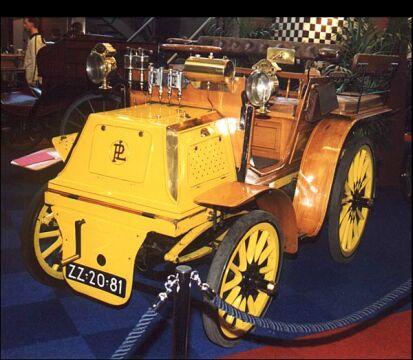
Panhard et Levassor developed a reputation for building large, luxurious automobiles with engines using the Knight sleeve-valve principle and known for their silent running.
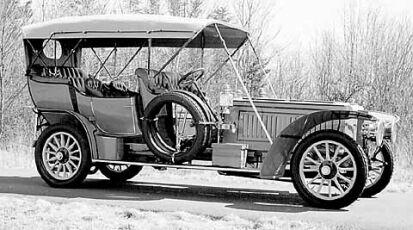
By the mid 1930's Panhard cars had striking aerodynamic bodies styled by Louis Bionier, with mechanical design by Louis Delagarde. Both these men were responsible for Panhard designs from that time forward.

Following the declaration of war in 1940, Bionier and Delagarde began work on a new small car. This was to become the Dyna X of 1948.
![]()
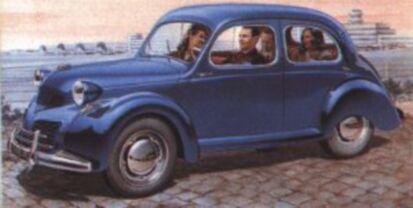
The Dyna X
The Dyna X was a radical departure from pre-war Panhards with its air-cooled, horizontally-opposed two cylinder engine and its aluminum bodywork. The Dyna X was the basis of all postwar Panhard automobiles.
The Dyna Z
Presented in June 1953, The Dyna Z was the first car to be designed with the aid of a wind-tunnel. The Dyna Z had many features of the Dyna X, such as aluminum bodywork, torsion bar rear suspension, and two-cylinder engine, but the engine was larger, 850cc's, and the car had seating for six.

Over the span of Dyna Z production, the bodywork was changed to all steel; some cars were made with steel bodies with doors, hood and trunklid of aluminum.
The PL17
In 1961 a restyled Dyna was announced; this was the PL17. This car was available with the more powerful "Tigre" engine and with exotic imitation tiger-skin upholstery. Such were the fashions of the time. The PL17 (called simply the 17 in later years) was made until the 1964 model year.
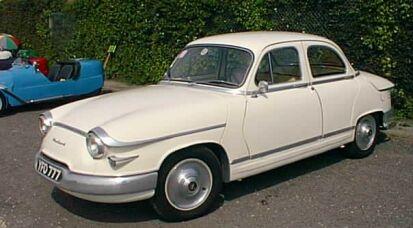
The Dyna X, Dyna Z, and PL17 were made in a variety of body styles including breaks (station wagons), cabriolets, and truckettes.
The CD
Perhaps the most exotic post-war Panhard was the CD. This car was the only Postwar Panhard which did not have Bionier-designed bodywork. Charles Deutsch, who had been formerly associated with the Deutsch-Bonnet firm, was responsible for the design of the CD; hence the car's name. Only 163 of these sleek sports cars were made between 1963 and 1965.
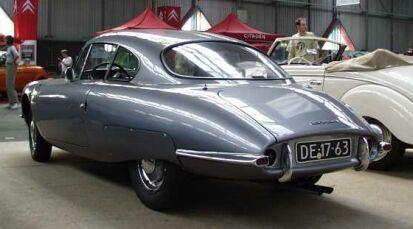
The 24
In 1964 Panhard launched a new model, the 24. Available in coupé and coach body styles, these cars had 50hp or 60hp versions of the two-cylinder engine and top speeds up to 160 kph. Later versions of the 24 had "six disc brakes" with dual calipers on the front wheels. The last Panhard passenger car produced was a 24, in late 1967.

Panhard's Racing Tradition
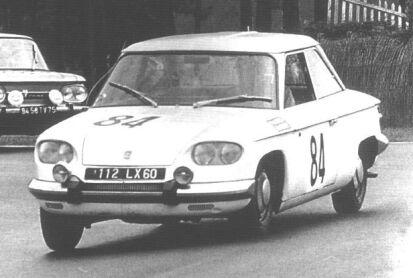
Postwar Panhards are well-known for their competition successes. For ten years Panhards were victorious in the 24 Hour Race at LeMans in the Index of Performance. The make can claim over 1,600 victories in racing and rallying competition.
Even today Panhards are a formidable cars in vintage racing.
Panhard Today
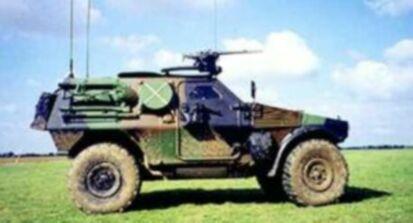
Though not producing passenger cars, Panhard is alive and well today producing vehicles for military forces all over the world. Panhard is now the defense division of PSA Peugeot Citroën.
And What is a D-B?
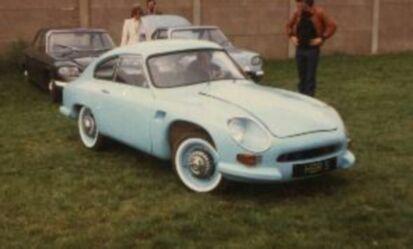
Charles Deutsch and René Bonnet began producing sports and racing cars based on Panhard components in 1949, continuing until 1961. The best-known D-B's were the HBR-5 and the LeMans.
Why are Panhards at a Citroën Event?
In 1955 Panhard had fallen on hard times. Their dealer network was inefficient and the factory was not running at full speed. Panhard's bankers demanded a resolution.
Paul and Jean Panhard, directors of the company, sought an alliance with another auto manufacturer, and Citroën was at the top of the list. After all, both companies had a tradition of new, often audacious designs, and both were building front-wheel drive cars with flat-twin engines. An agreement was reached in 1955 whereby Citroën would be allied with Panhard. In addition to Citroën's guaranteeing Panhard's obligations, Citroën would sell the new Dyna Z through its dealer network. And Panhard would produce the 2CV truckette for Citroën in Panhard's underutilized avenue d'Ivry factory. Over the next twelve years this relationship continued. Ami 6's were produced in Panhard's factories as well. By degrees Citroën's financial interest in Panhard increased until in April 1965 Citroën's ownership of the world's oldest auto manufacturer was complete.
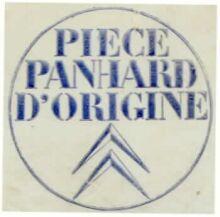
The last Panhards, those produced after the "fusion" of the companies in 1965, bear Citroën manufacturer's plates in addition to their Panhard plates.
Here in the US, Panhard has always been strongly associated with Citroën. Virtually all postwar Panhards were imported by Citroën Cars Corportaion and sold and supported by Citroën's dealer network. Most US Panhard owners also own at least one Citroën.
About our Club:
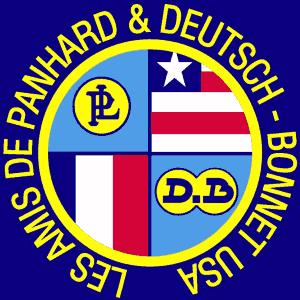
Les Amis de Panhard & Deutsch-Bonnet USA is a club dedicated to the care and preservation of Panhard and Deutsch-Bonnet cars, for the enjoyment of all owners and
enthusiasts.
Benefits of membership include a periodic newsletter, an annual calendar, and the camaraderie of enthusiasts all over the US.
The Club hosts an email discussion group which is open to all. To subscribe: http://groups.yahoo.com/group/panhard/
The Club's website is at http://www.panhardusa.org/
Club membership is open to all; dues are $15 per year.
Les Amis de Panhard & Deutsch-Bonnet USA
7992 Oak Creek Drive
Reno, NV 89511-1065